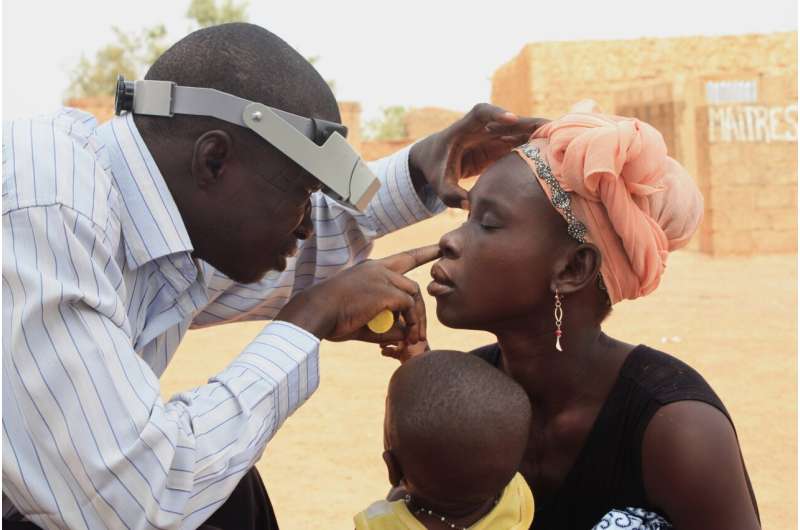
New research from Boston Medical Center found that research staff who interact with patients of the same race or ethnicity increased the odds of those patients agreeing to participate in clinical studies by almost a factor of 3.
Several ophthalmic diseases have been found to disproportionately affect racial and ethnic minority patients, such as glaucoma and diabetic retinopathy, and these disparities are also seen in treatment outcomes. However, clinical trials have struggled to capture demographically diverse participants. Prior studies have shown that racial and ethnic minority patients consent to participate in clinical trials at a lower rate across a variety of medical specialties.
Published in JAMA Ophthalmology, researchers highlight that participation of racially and ethnically underrepresented patients increases when employing a diverse research team. Incorporating diversity within the research team has been proposed as a method to increase trust and improve engagement among potential study participants.
“Understanding ways to improve recruitment of racially and ethnically underrepresented patients in clinical research is critical,” said Manju Subramanian, MD, an Ophthalmologist at Boston Medical Center and an Associate Professor in Ophthalmology at Boston University Chobanian & Avedisian School of Medicine. “In order to provide the best care for all patients, we must conduct clinical trials involving diverse patient cohorts that match the demographics and disease burden of the populations that we serve, because this ensures that study results are broadly applicable.”
The retrospective study examined screening logs from 10 prospective clinical studies involving 1,380 participants between 2015 and 2021 from the eye clinic at BMC. During recruitment for the clinical studies, screening logs were used to document patients who were approached by research personnel for study participation. The log recorded, among others, each patient’s decision to participate or decline, basic demographic information, and the research staff member who approached the patient.
The study found that if research staff were of the same race or ethnicity as the patient, 65.1% of patients consented to study participation compared to 39.9% who were of a different race or ethnicity.
“Our hope is that this study will provide study sponsors and principal investigators with some strategies to help improve representation of those typically underrepresented in clinical studies,” said Subramanian. “Further work is needed to investigate the effects of reducing other barriers to study participation, such as decreasing the burden of travel time and cost, promoting community support, and enhancing outreach efforts to improve equity in patient recruitment.”
More information:
Ashank Bains et al, Diverse Research Teams and Underrepresented Groups in Clinical Studies, JAMA Ophthalmology (2023). DOI: 10.1001/jamaophthalmol.2023.4638
Journal information:
JAMA Ophthalmology
Source: Read Full Article